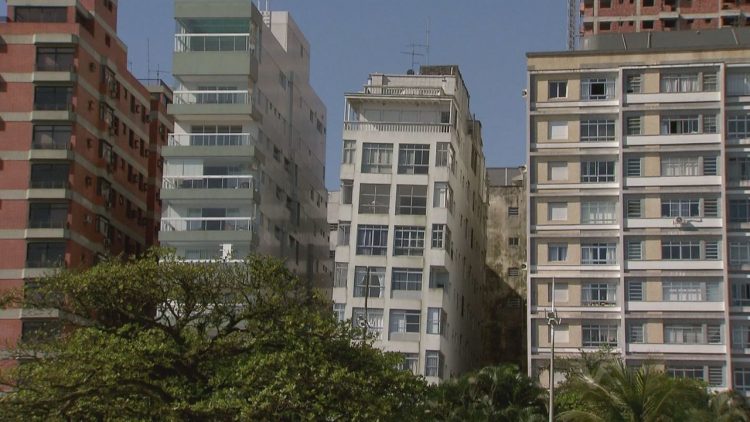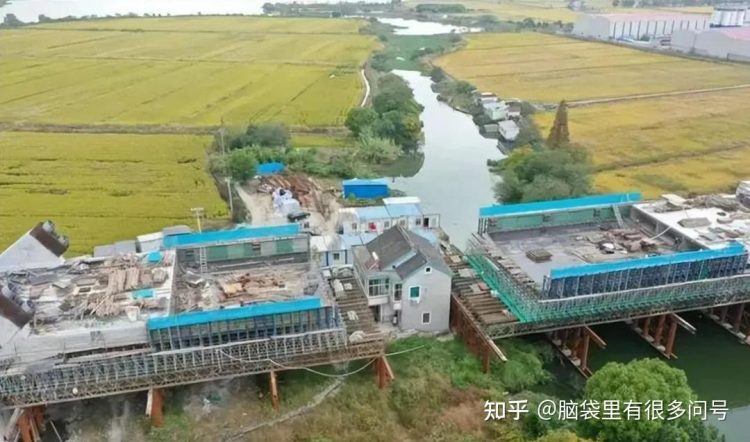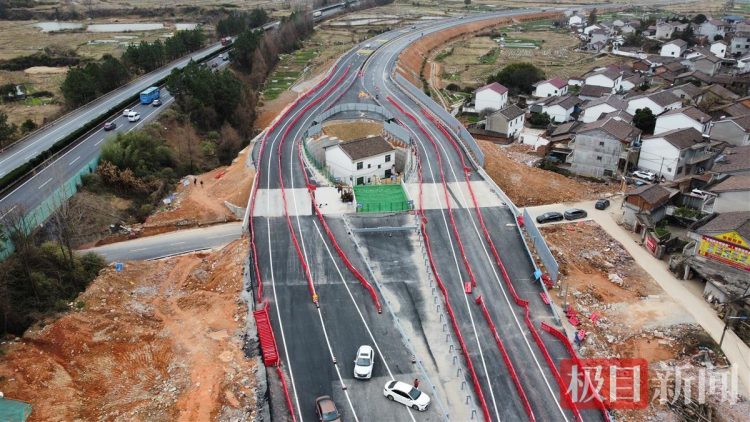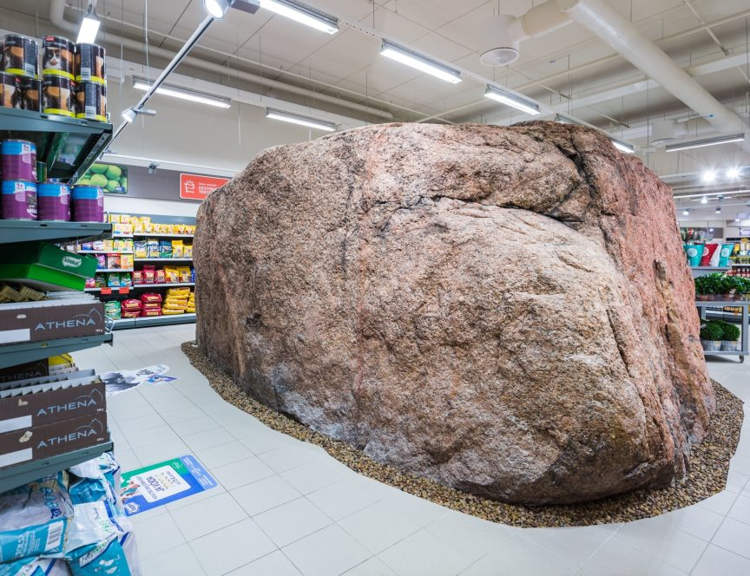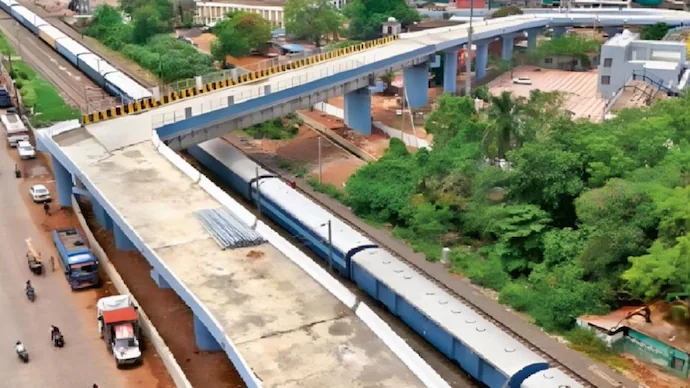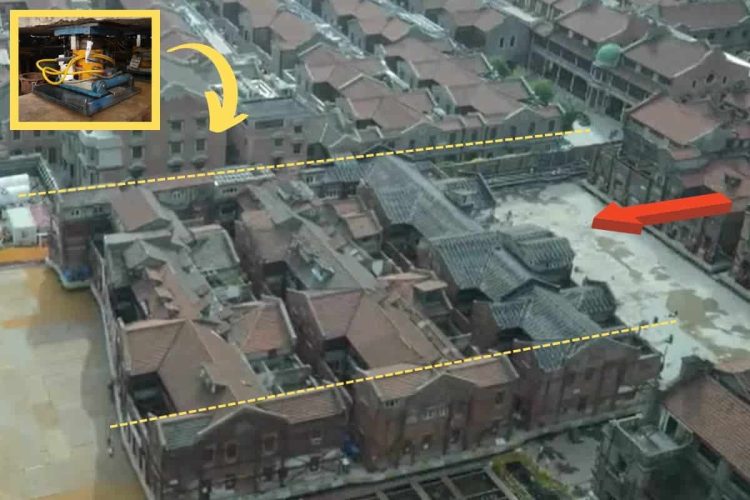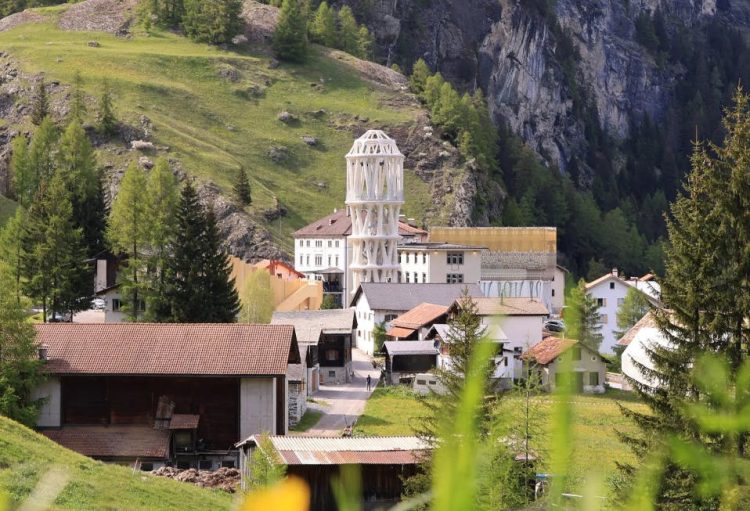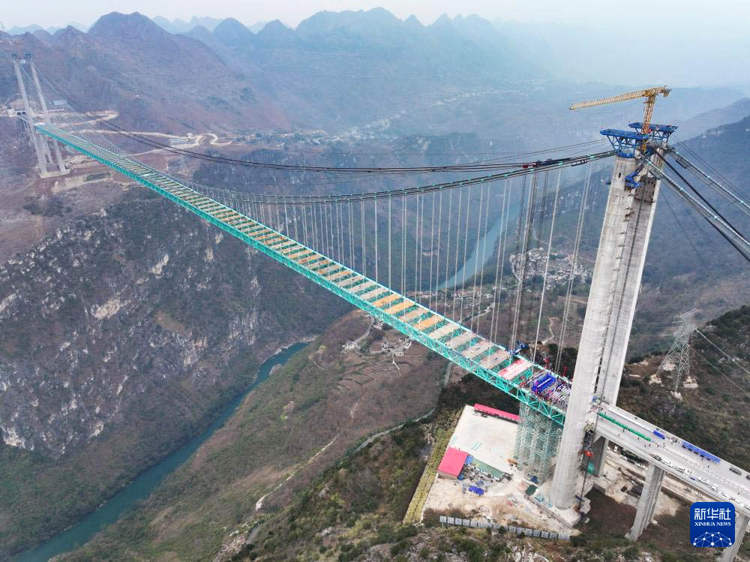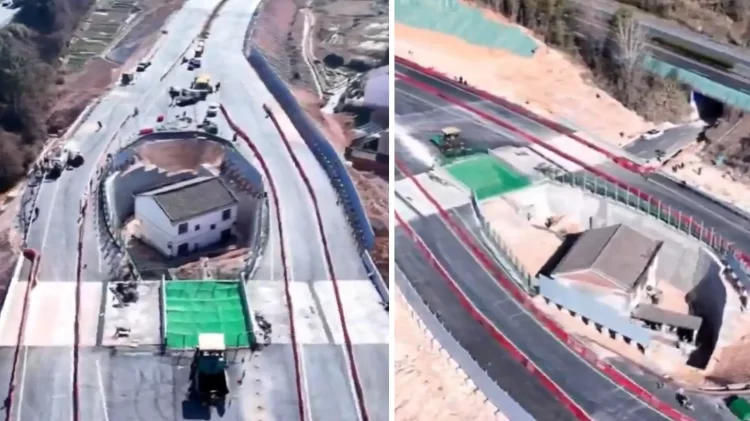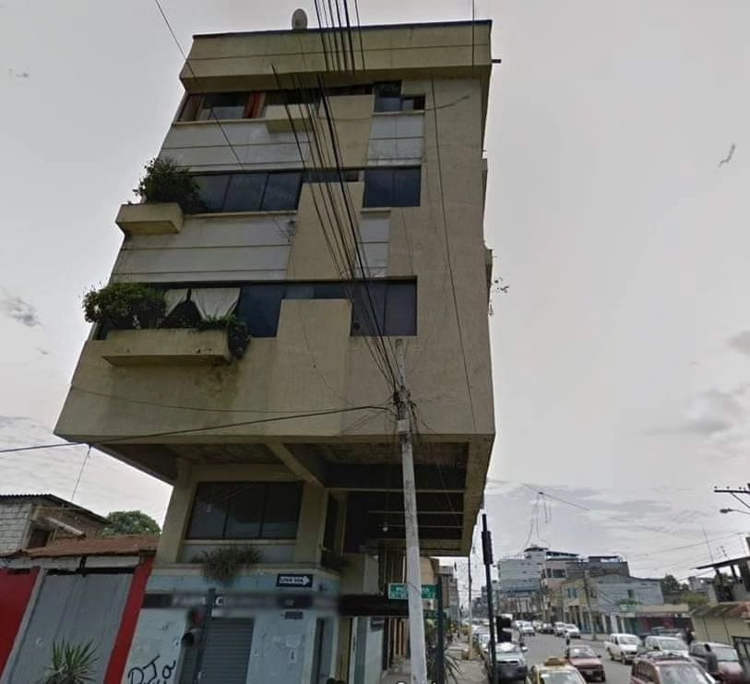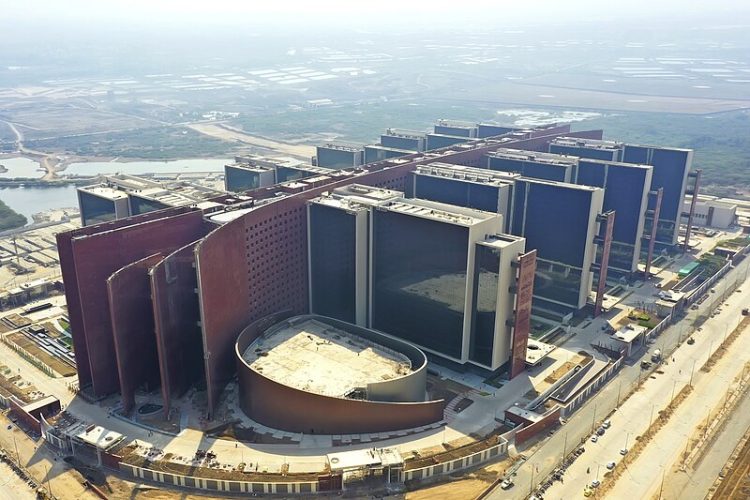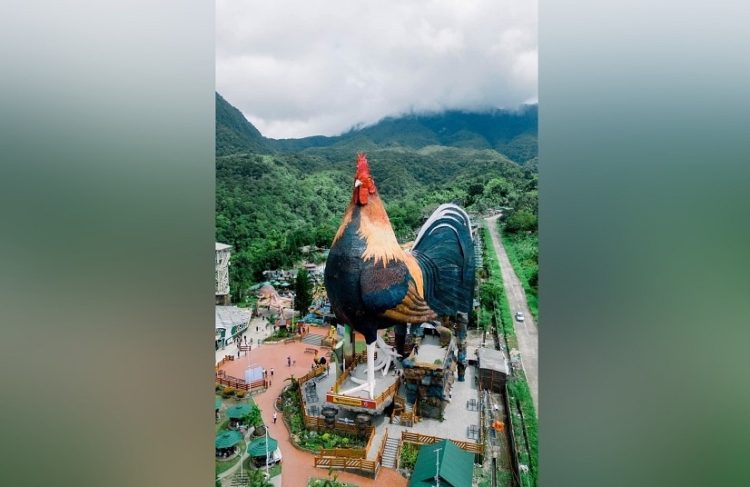The Brazilian city of Santos is famous as the birthplace of Pele, regarded by many as the greatest football player ever, but also for its unique looking waterfront skyline, which looks, well, a bit tilted.
The leaning apartment buildings of Santos have been around for decades, and even though the problem has been getting worse over time, so far authorities have chosen not to intervene, claiming the edifices are perfectly safe. The Santos skyline is made up of 651 buildings, all of which are somewhat tilted, some only about 5cm out of level, which counts as a construction flaw, others almost 2 meters, which makes them visibly tilted. But the issue isn’t only aesthetic, some apartments have windows and doors that no longer close properly, and others have plumbing issues. There have also been reports of inhabitants experiencing loss of balance issues on level ground, from spending too much time in their tilted apartments.
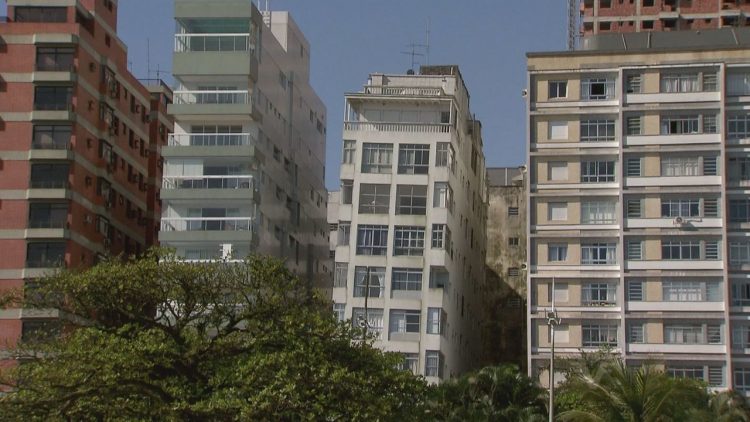
Photo: video screengrab
Back in 1950s and 60s, when most of the tall apartment buildings that make up the waterfront skyline of Santos were built, developers chose the cheapest construction method over the safest one. Deep foundations which go down to the rock bed would have cost 15 to 20 percent of the total cost of the buildings, so they decided to go with concrete pads, also known as shallow foundations, which only go down a few meters into the ground and basically sit on a soft bed of sand and clay.
The foundations of these concrete colossi were built on a 7-meter-thick layer of sand, which sits on a bed of clay layered by water. Over time, the weight of the buildings slowly caused the water to be squeezed out of the clay, which caused some their corners or entire sides to deepen, giving them this leaning look. It’s impossible to see with the naked eye, but the buildings continue to sink and lean more every year.
“Back in those days, deep foundations were about 15 to 20 per cent of the cost of construction. The pad system cost only about 8 per cent. So they chose this construction method on cost,” civil engineer and Professor Orlando Damin told the Sydney Morning Herald. “In summary, it was greed. Greed by the construction companies and of the buyers who wanted to have the beachfront lifestyle at a lower price.”
Most of the people who authorized the constructions are retired now and they’ll probably never answer for their mistakes, but for the people who bought homes in these buildings, things are different. They have to live with the effects of the unevenness of their apartments. Some have furniture or windows that don’t open and close properly, others have lost window panels at one point, and a few experience loss of balance and labyrinthitis if they spend too much time in their homes.
“It’s just crazy. I did an inspection last week of an apartment in its original condition, never modified. You walk along and suddenly you feel a descent. It’s small but you feel it. The wardrobe doors don’t open anymore,” Prof. Damin said.
Over the last seven decades, only two buildings have had their leaning remediated with the help of hydraulics. They have been reinforced as well and are now perfectly straight. However, the process was so expensive and complex, that local authorities only resort to it when the buildings become dangerously tilted. For example, these two edifices were over 2 meters out of level.
A sample of 65 buildings out of the 651 leaning towers of Santos is assessed every years, and with the two aforementioned exceptions, the green light for occupancy has always been given by local authorities.
Those inhabitants who have had enough of living in tilted homes are having trouble leaving, as prices in these buildings have gone down considerably, because of their well-known issue, and even finding someone willing to buy such a home is a challenge. Thus, most people have simply gotten used to the situation.
“Yes, if you put a ball on the ground it will roll, but that’s all,” said one inhabitant of the the Excelsior, one of the most tilted building in the waterfront skyline of Santos.

